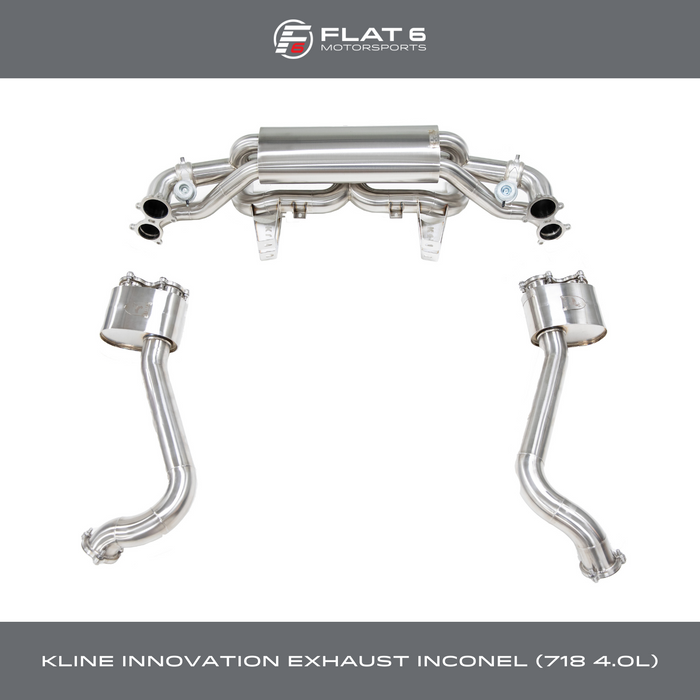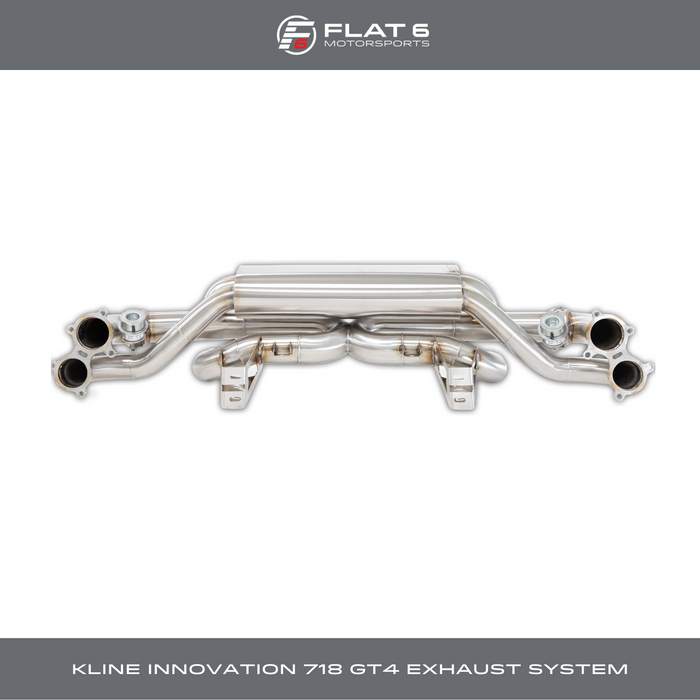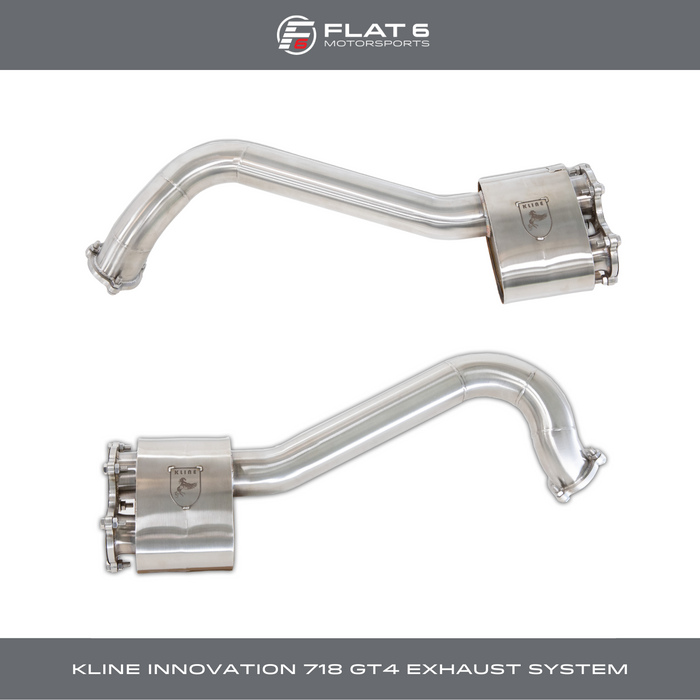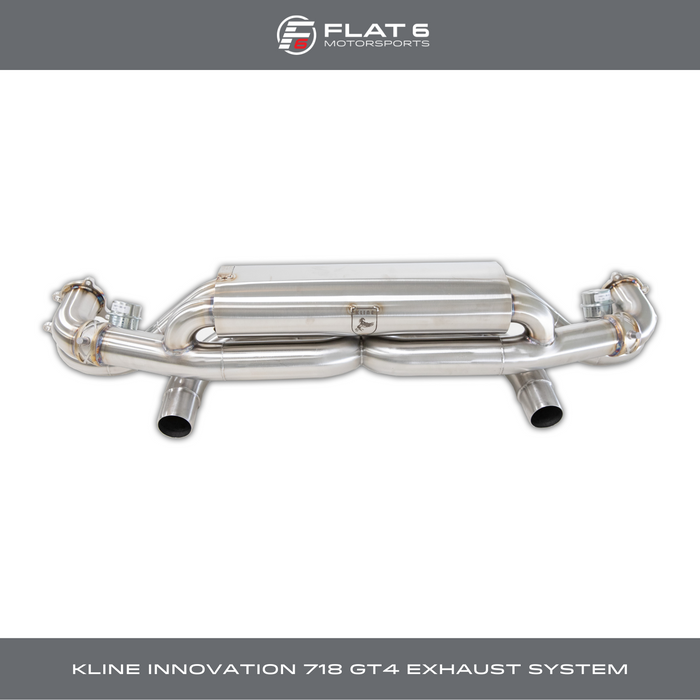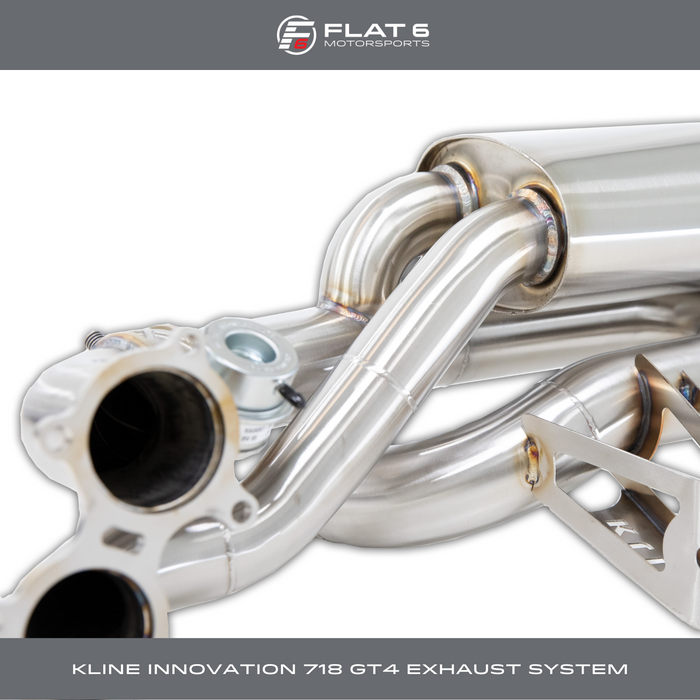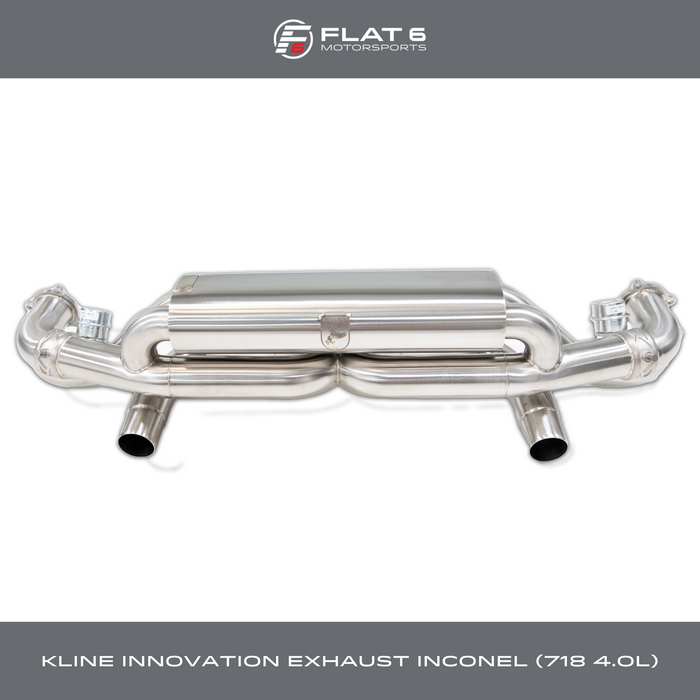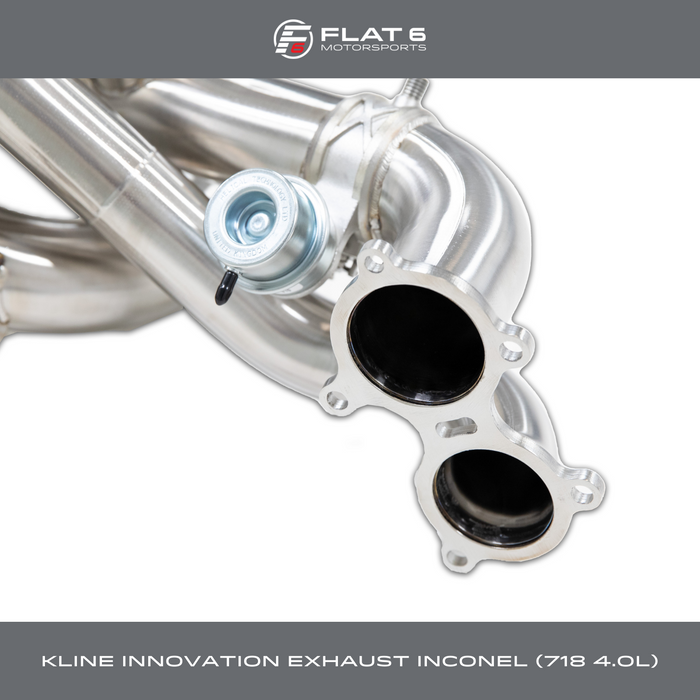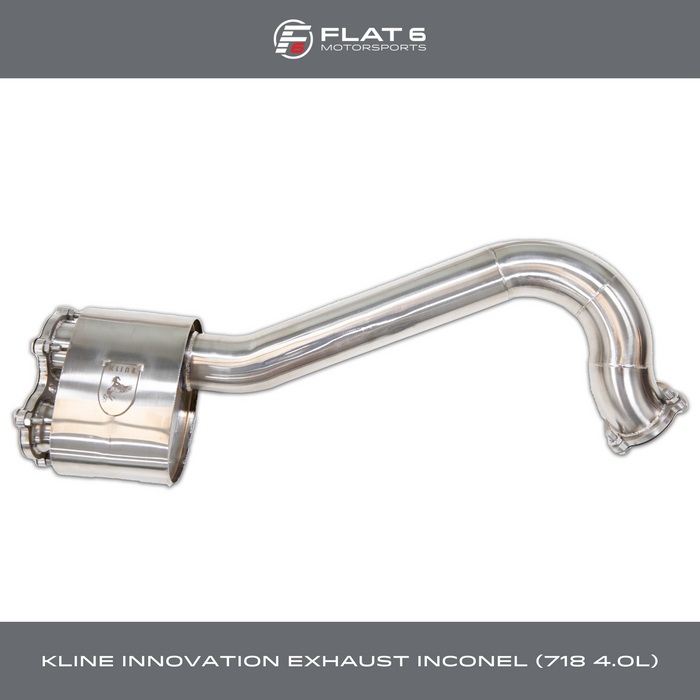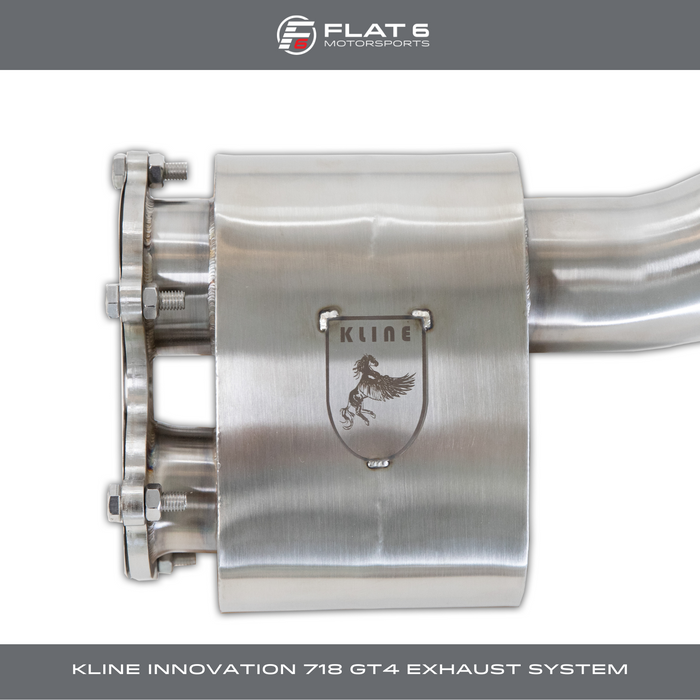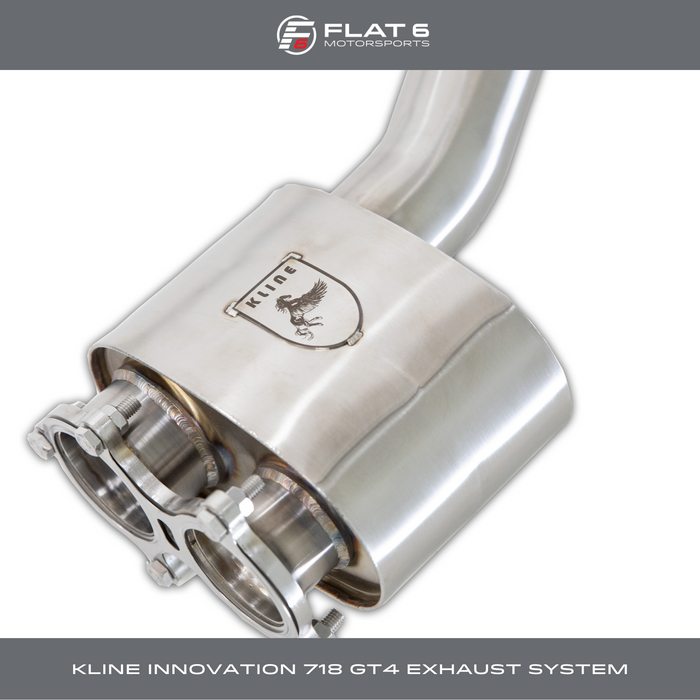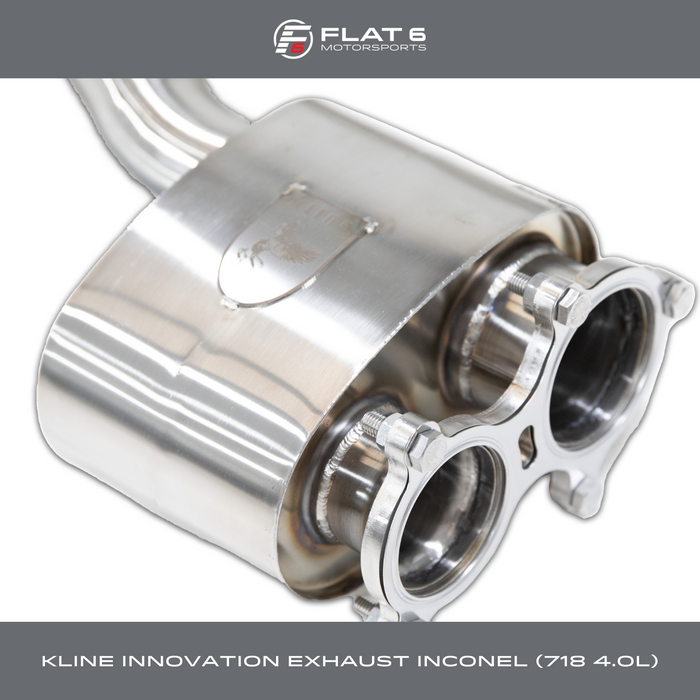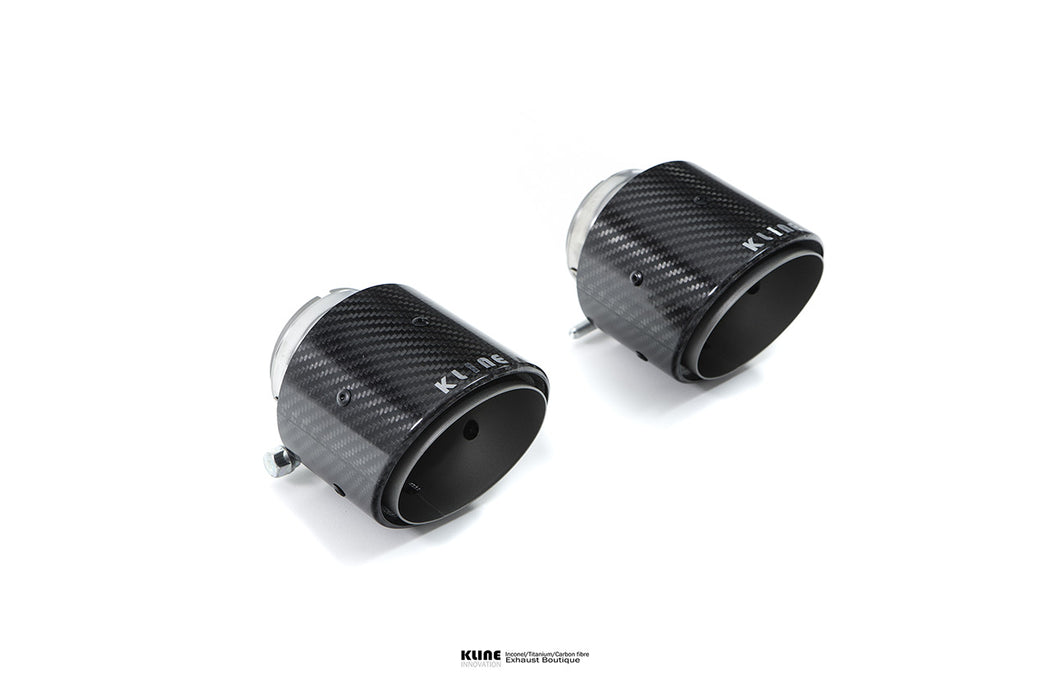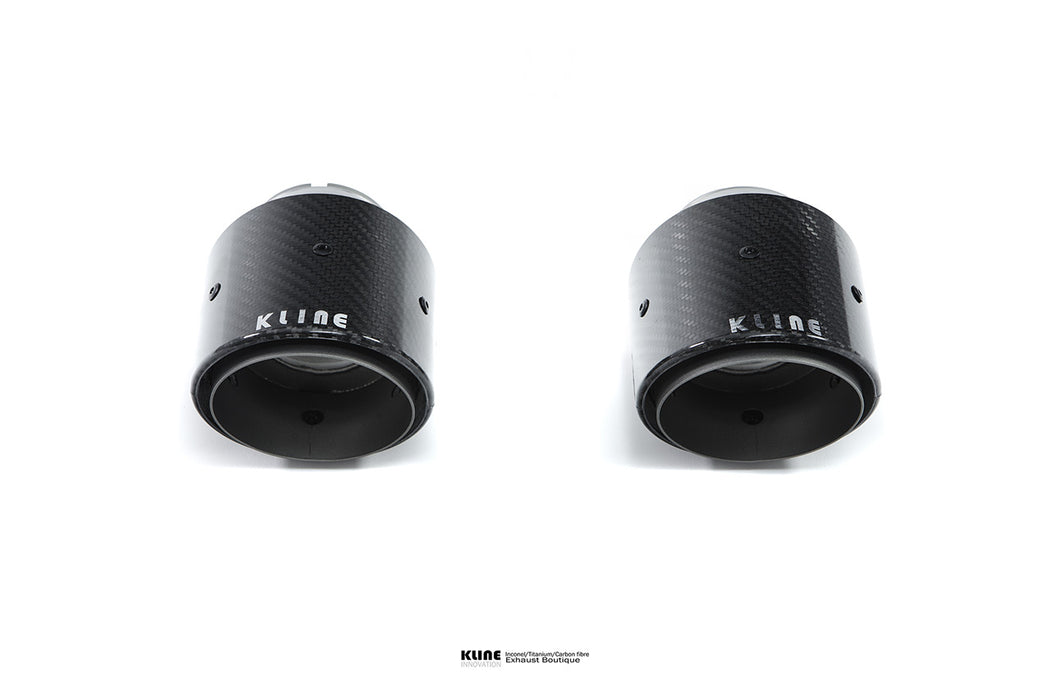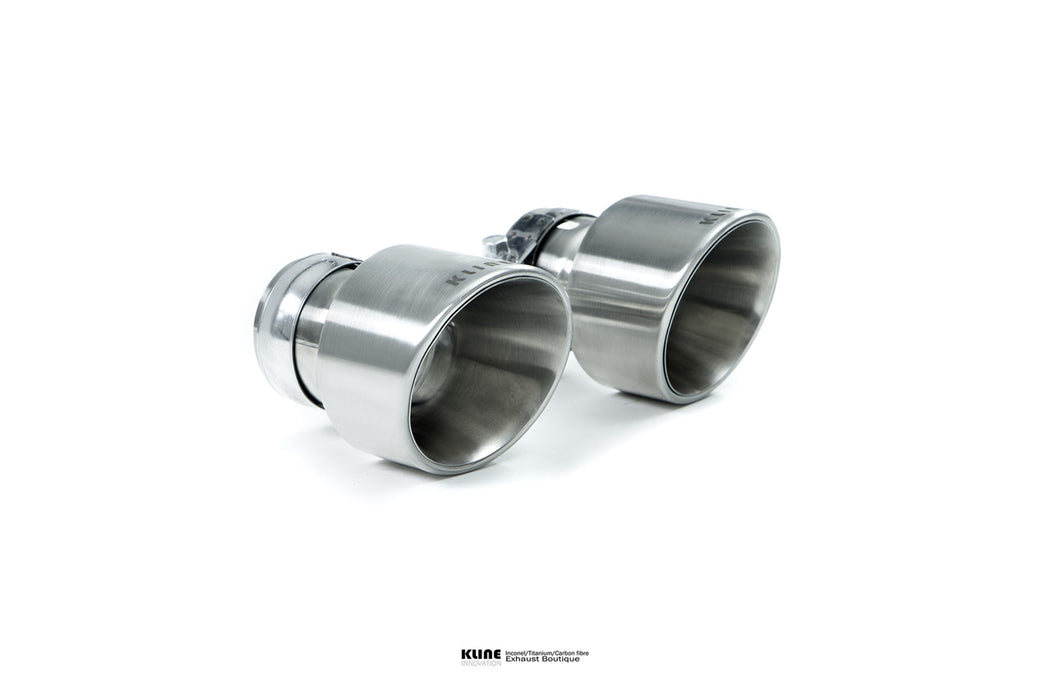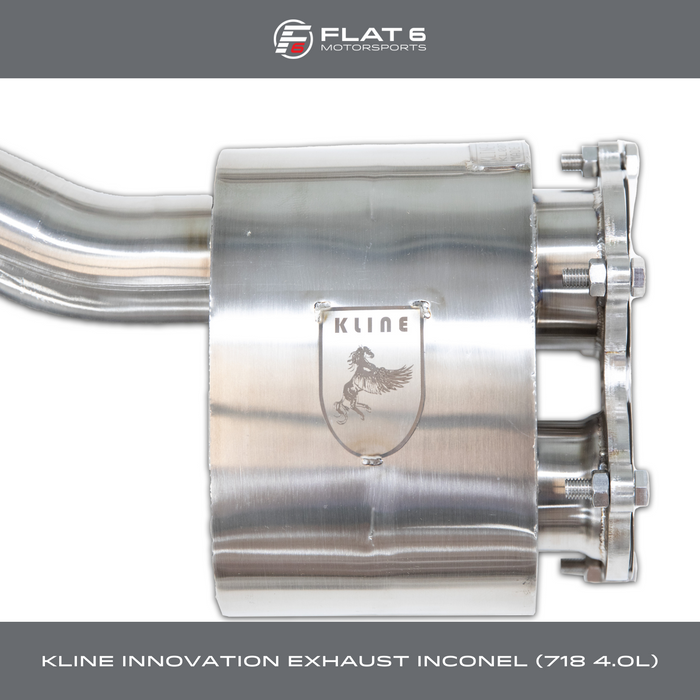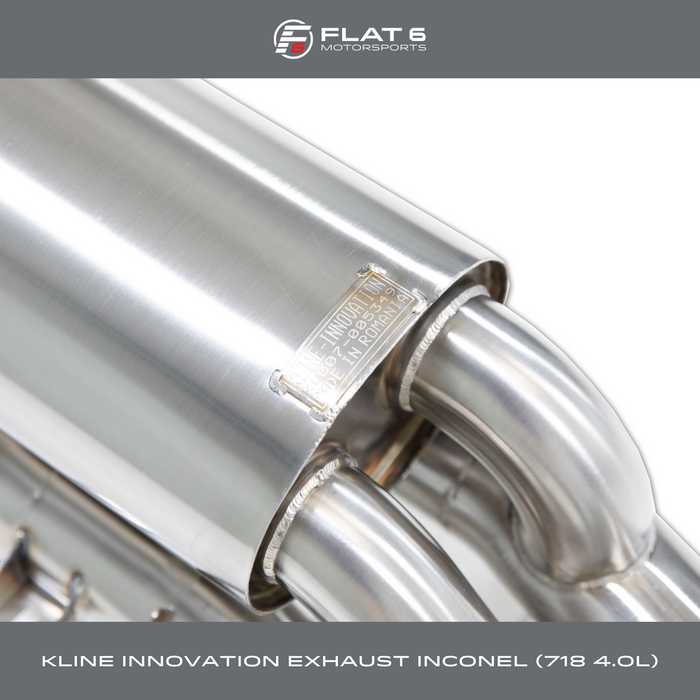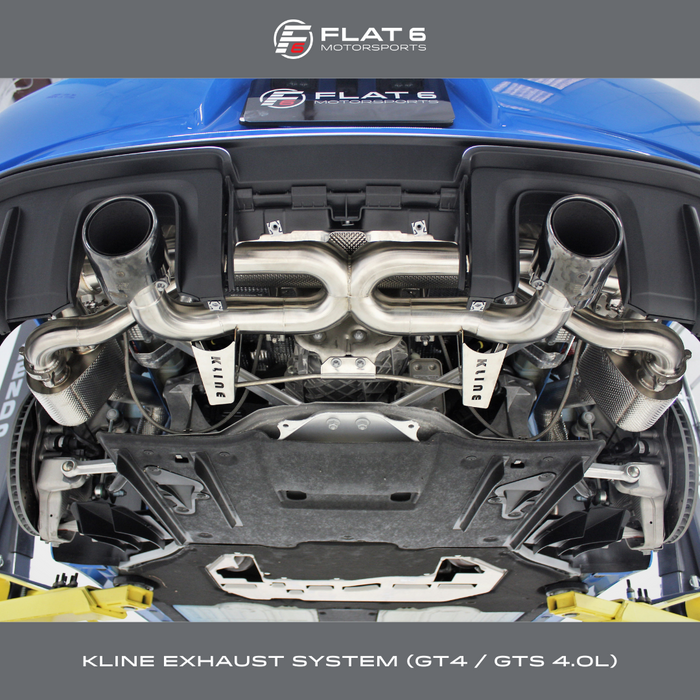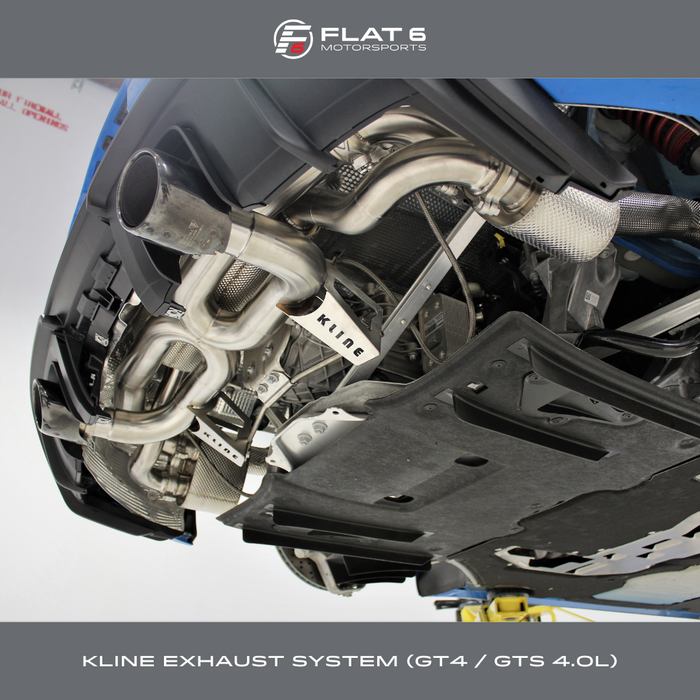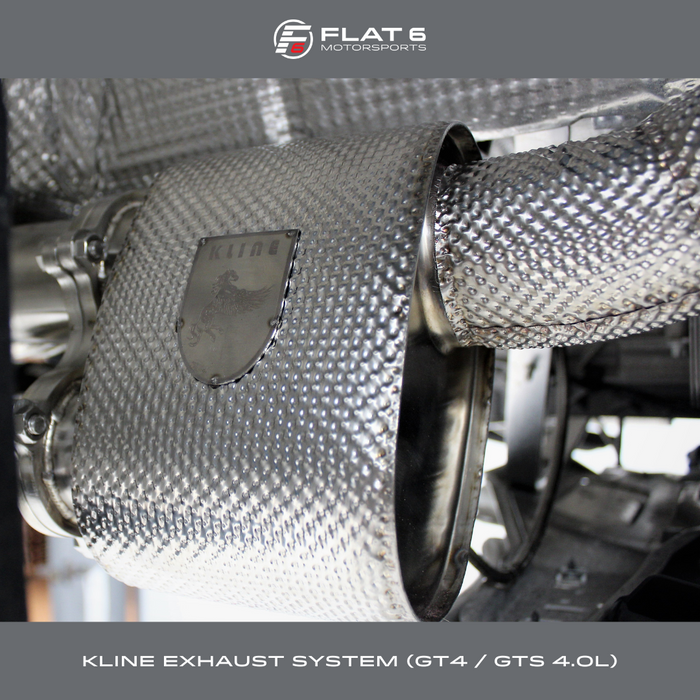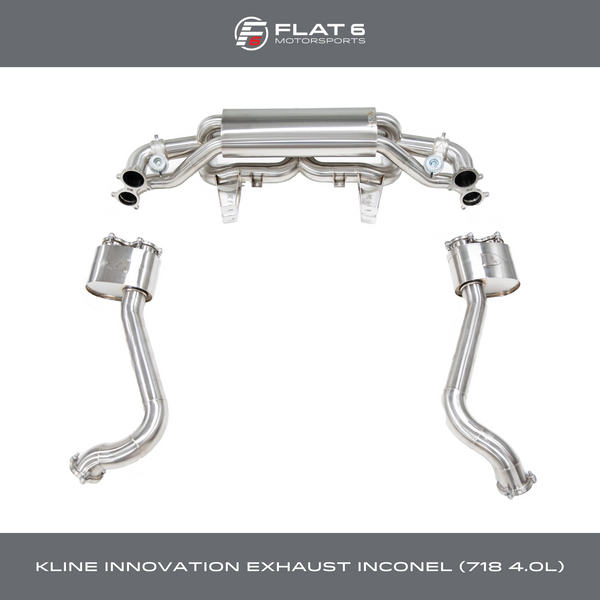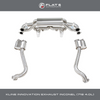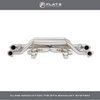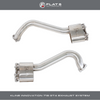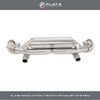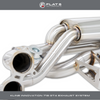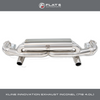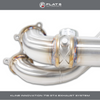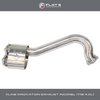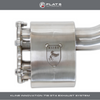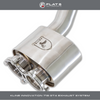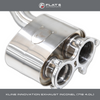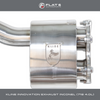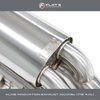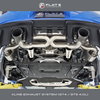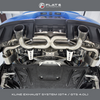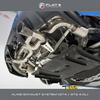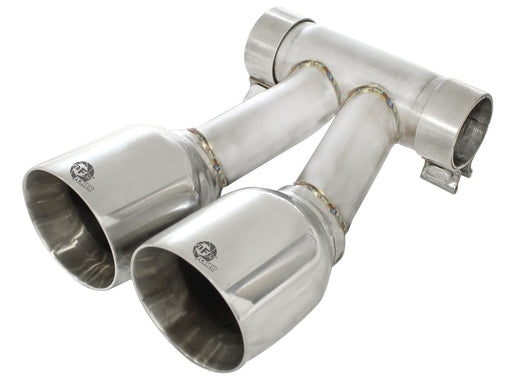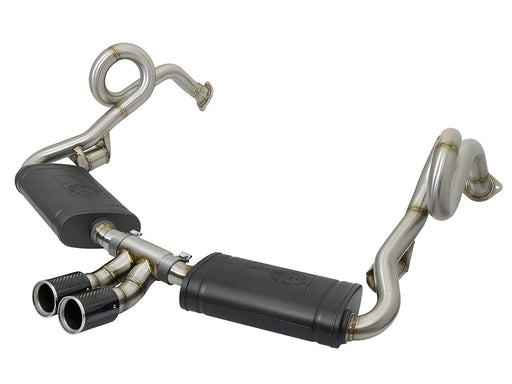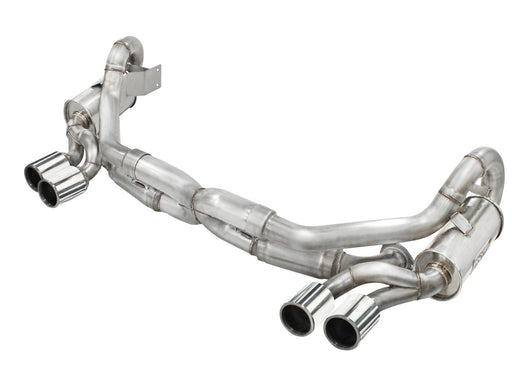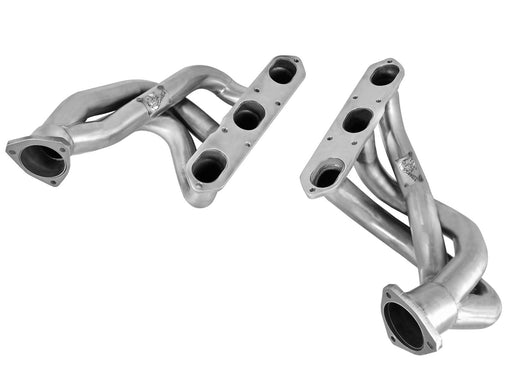Kline Innovation Valvetronic Cat Back Exhaust (718 GT4 / Spyder / GTS 4.0)
Designed to fit
- 2020+ Porsche Cayman GT4 / GTS 4.0 (718)
- 2020+ Porsche Boxster Spyder / GTS 4.0 (718)
Product Details
The Porsche Cayman 718 gt4, revered as the pinnacle of track orientated weaponry, at 414 hp the flat 6 has the power to weight ratio to put in some blistering lap times. So how could we improve on this epic automobile? Add lightness, tune the sound, and add performance!
THE SOUND
Removal of the heavy chambered rear silencer, and replacing it with a lightweight F1 grade Inconel 625 X pipe, and Fully bypassable lightweight Inconel silencers, sheds a significant amount of weight, as well as raising the pitch of the exhaust into a more exotic tonal range. Removal of the OPF (located in the OAP section) and catalysts, and replacing them with either HJS motorsport catalysts, or De-cat pipes (located in the optional Kline header section: click here), opens the sound up significantly, complementing and accentuating the high pitched silencer section, into an exotic scream. The Kline innovation rear valvetronic cat-back exhaust system, means that the car can be driven in stealth mode with the valves closed, however a raw unhindered sound can be achieved with valves open. The addition of the beautifully crafted F1 grade Pre Preg carbon fiber exhaust tips compliments the exhaust perfectly.
PERFORMANCE
Replacing the OPF (located in the OAP section) with a specially designed silencer, removes the most restrictive component, without causing drone associated with OPF removal.
Features
- Full Inconel or Stainless Steel Material
- Valvetronic Technology
- Extremely Lightweight System
- Optional Tips available
Specs
- X pipe diameter, 63.5mm
- Silencer transit 50mm
Cross Sections
- All cross section chosen for the optimum balance of torque and power.
Rear Silencer Section
- Available in: 304 grade stainless, 13.5kg
- F1 grade Inconel 625 superalloy, 7.5kg
Flat 6 Verified Dyno


Video
About Kline Innovation

Kline Innovation is a Bucharest, Romania based exotic exhaust manufacturer who utilizes exotic materials to innovate high-end systems for Porsche, Ferrari, Lamborghini, Aston Martin, Audi, Bentley and McLaren. At Kline they take exhaust design very seriously. Consumers demand a no compromise product, and they take a no compromise approach to design and manufacture.
MATERIALS
At Kline Innovation they believe in the absolute best materials for every application, chosen scientifically by the materials natural properties. Titanium/Inconel/Carbon fiber exhaust boutique, they also offer 304 stainless steel as an alternative on their complete range. Every material has its own unique properties, and perfect application based on weight, strength, heat resistance, and chemical stability. Kline strives to craft some of the world’s best lightweight exhausts utilizing every innovation possible!
The following is a brief overview and explanation of the different materials they use, properties, and functions.
INCONEL
Inconel 625 is used in the aerospace industry where extremely durable and heat withstanding components are required. As an example, Inconel is used for the exhaust turbine blades in high performance jet engines. Inconel is used for the manufacture of formula one exhausts, and has also been used by some manufacturers on hypercar projects such as the Mcalren P1, Aston Martin 177, where lightness is a factor, and exhaust temperatures regularly exceed 1800 degrees fahrenheit.
The basic properties of Inconel are characterized by extremely high tensile strength, and extreme thermos-chemical stability. Due to the high tensile strength of Inconel (roughly the same strength to weight ratio as titanium), very thin sidewall material can be used, while still maintaining structural integrity, resulting in very light weight components that will not fatigue over time. The main drawbacks to using Inconel, is that it’s extremely difficult to machine and weld, and requires a high degree of skill and involves a time consuming processes. It’s also extremely expensive as a raw material.
TITANIUM
Titanium in its varying grades is commonly used in a variety of applications where strength to weight ratio is paramount. Very high tensile strength and low density mean that very light and strong components can be manufactured easily. Titanium is also relatively easy to machine and weld using standard engineering approaches. The main disadvantages to titanium, is the cost of material, and prolonged heat exposure exceeding 1100 degrees fahrenheit causes oxidation of the material, resulting in brittle components and potential breakages. For this reason titanium is best suited to cooler applications where strength and lightness is a factor.
STAINLESS 304
Stainless steel 304 grade has become the industry standard for exhaust manufacturing. It’s moderate strength, thermos-chemical stability, inexpensive, and easy to manufacture. 304 stainless can be used to build relatively inexpensive exhausts to a high standard of functionality and durability. The main drawback to stainless steel is the weight. Roughly the same density of steel, but reduced tensile strength, building high performance exhaust components from stainless can be limited. Also from the perspective of sound, the thick sidewall required from stainless, can produce a slightly dull lackluster sounding exhaust note when compared to the previously mentioned materials!
CARBON FIBER
Carbon fiber reinforced polymer has an extremely high tensile strength to weight ratio, surpassing that of all metals. Extremely light weight components can be molded to almost any shape. The main drawback to carbon fiber being, the material cost, the fatigue endurance limit is hard to define (the material can break unexpectedly), and the lack of prolonged heat resistance due to the polymer binding agent.

